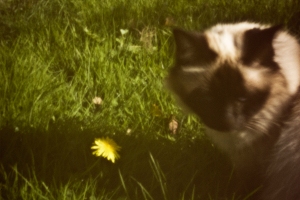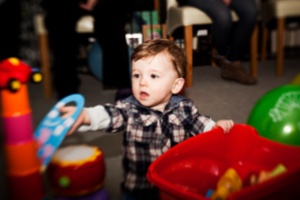I’m going to talk about accessories again today;
Holga Lens
With the help of Instagram filters and web sites like Lomography, people are harking back to the good-old-bad-old-days of film photography where cheap cameras and cheap lenses made for interesting styles of shot. Today you can re-create this with your DSLR in several ways and getting a plastic Holga lens is one of them. I have a Holga pin-hole lens which I love to use in the summer (the aperture is quite small so requires either plenty of light or long exposure) and it really gives an old-fashioned feel to the shots.
Lens baby
The Lens baby company are another manufacturer of interesting lenses for DSLRs, however the glass in these is higher quality and the variability of the shots greater. With a range of lens holders and lenses you can create some very special shots. My favourite is the cheap Lensbaby Spark which you manually focus by pushing or pulling the bellows mechanism. You can also create interesting tilt effects by moving the focal plane of the lens. For the price it’s an excellent addition to any kit bag.
Lens Filters
As well as the range of Graduated and Neutral Density
filters that you can buy, there are two specific filters that I recommend everyone has for each lens – a Circular Polariser
and a Variable ND Filter
. The CP is particularly useful when shooting water as it cuts down on unwanted reflections as well as adding deep blues to the sky. You adjust the amount of polarised light hitting the camera by rotating the glass on the front. As with most things there are cheaper versions and more expensive ones, the cheap ones can be a bit stiff to turn so depending on how often you might use this will indicate what price level you should go for.
Similarly with VND filters, rotating the front glass alters the strength of the filter typically from 1 to 10 stops. This helps extend shutter speeds if you’re trying to be creative with movement. Again the better quality filters move more easily and are typically calibrated.
Just remember to check the diameter of the lens you want to use these on so that you buy the right one.



